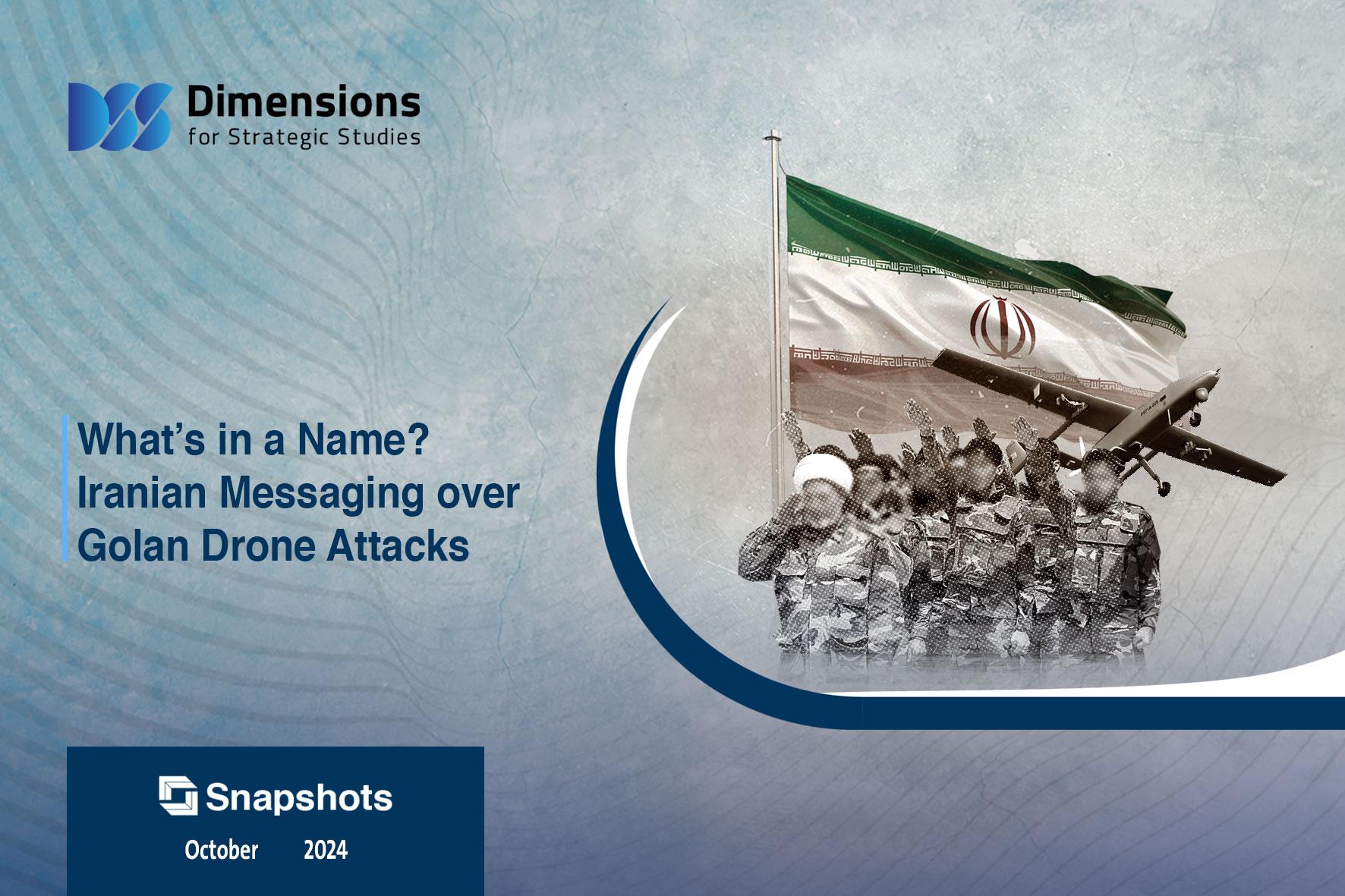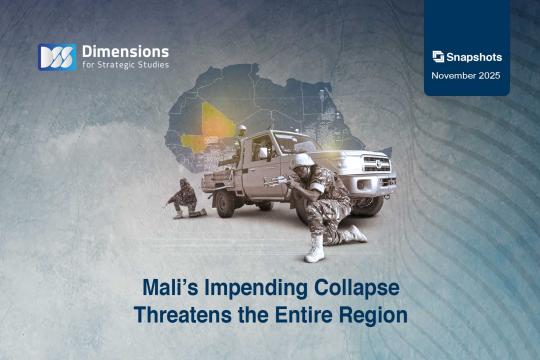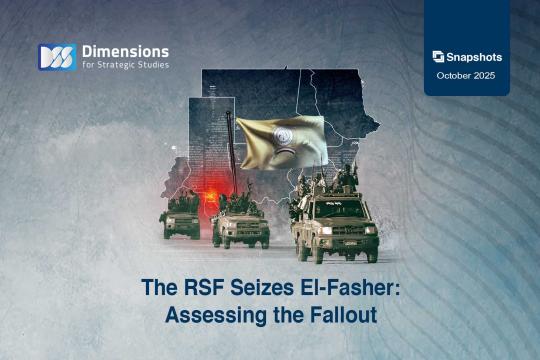
What’s in a Name? Iranian Messaging over Golan Drone Attacks
2024-11-043109 view
A previously unknown faction named the “Islamic Resistance in the Land of the two Holy Mosques” has claimed responsibility for a drone attack on Israeli positions in the Golan Heights, according to a statement circulated in media outlets on Friday, October 25. The group announced that its attack was aimed at supporting “the resistance in Palestine and Gaza”.
Sources indicated that Iranian-backed Popular Mobilization Forces (PMF) in Iraq carried out the strike, but it appears that Tehran was keen to attribute the strike to the “Islamic Resistance in the Land of the Holy Mosques (i.e. Saudi Arabia)—even though the Iraq-based PMF has just a few dozen fighters from Gulf nations, and does not have the requisite arms to take part in the current escalation with Israel.
At this moment, Iran is seeking to present a semblance of unity among Arab and Islamic countries in the face of Israel, which appears to have dictated the choice of the symbolism of the “two Holy Mosques.”
The attack came shortly after a tour of the Arab Gulf states by Iran’s Foreign Minister Abbas Araqchi, notably Saudi Arabia, where Araqchi sought greater support for Tehran’s actions in the current confrontation.
Early indications suggest that the minister’s efforts were unsuccessful, so Tehran appears to be sending a message to Gulf states that it has support at the grassroots level in Arab countries.
The official announcement of the faction’s drone attack is likely to increase security concerns about Tehran’s involvement in popular movements across the region. This may be Iran’s exact intention, as it fears neighbors in the region may cooperate with Israel or the U.S., which could act against its interests.
It is clear that the claim of responsibility for the drone attack in the Golan Heights was a piece of political propaganda, rather than part of a wider military strategy—while Iran is well prepared to play that card too, when it needs to.





